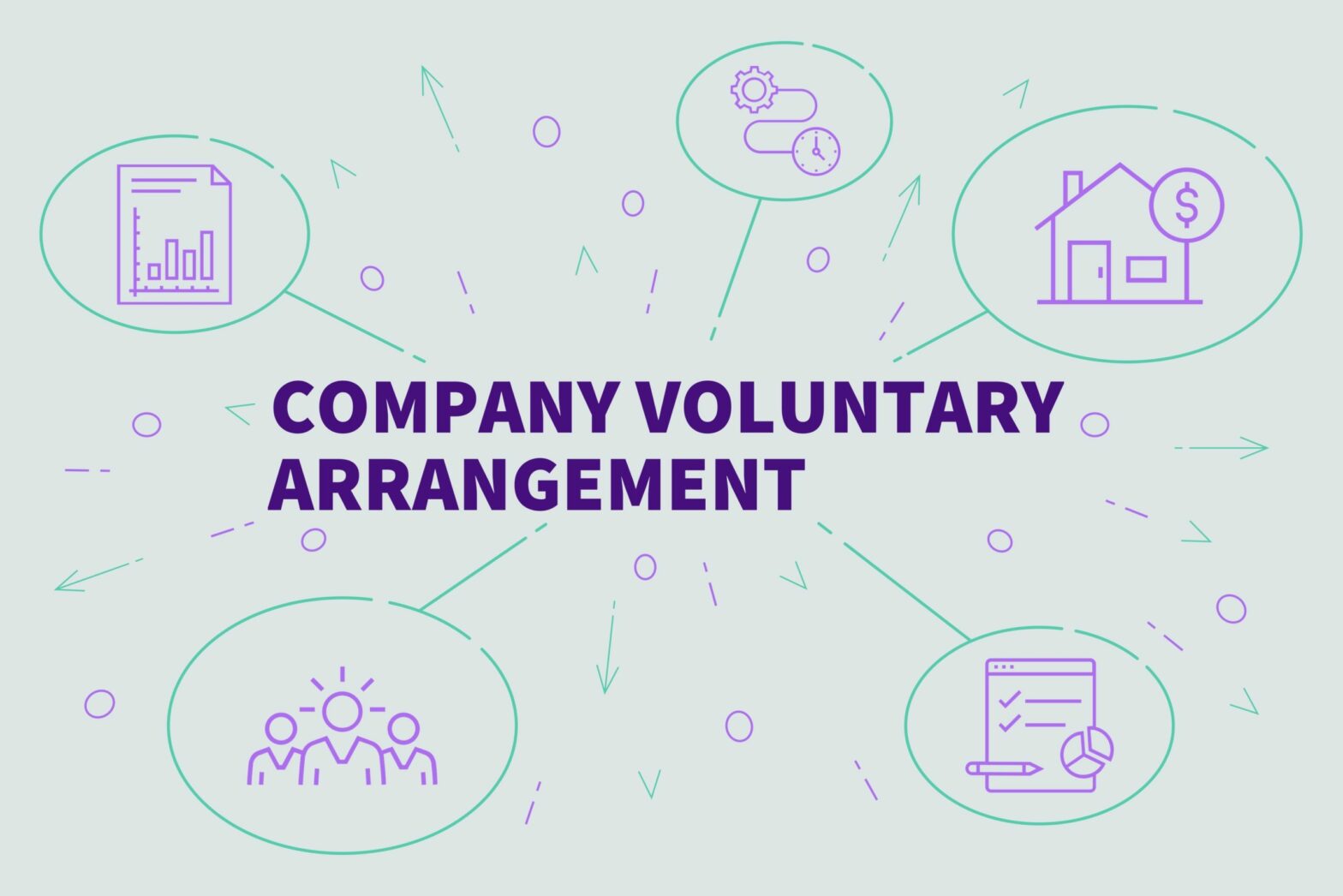Any small business that needs protection from creditors while it continues to trade through Covid-19 will find it easier now the CVA process has been simplified.
Insolvency body R3 has published a standard form extending the help bigger companies get when they go into administration but continue to trade.
Although high-street names such as New Look and Travelodge have entered company voluntary arrangements (CVAs) until now they have been too complicated and costly for small businesses on life support.
>See also: Why the Government’s new insolvency bill is bad news for sole traders
What is a CVA?
A CVA is a form of insolvency used by businesses to cut debts, restructure their capital or dispose of assets such as property leases.
At least 75 per cent of unsecured creditors must agree to such a proposal for it to go ahead.
The R3 standard form details what businesses need to do to reach an agreement with their creditors, settle their debts and turnaround their business.
The form includes a breathing space period to allow a business time to restructure without fear of action from its creditors, to be followed by a payment period where a company’s debts are paid in line with the CVA agreement.
No recommendations have been made for the timescales of these periods, in order to allow the business and its creditors the freedom to negotiate them.
An additional introductory period of a maximum of three months is also included in the document for businesses who haven’t resumed trading as a result of the Covid pandemic, as well as the ability to temporarily halt payments if the business is in local lockdown.
In August there were 778 company insolvencies, 15 of which were CVAs. However, the numbers are expected to increase as the government’s emergency Covid-19 business support schemes are wound down or scaled back.
The form has been drafted by Stewart Perry, a partner at law firm Fieldfisher, and Professor Peter Walton, professor of Insolvency Law at the University of Wolverhampton.
Stewart Perry said: “SMEs are the backbone of the UK economy, but these businesses have been hit hardest by Covid-19 and the subsequent lockdown. As a result, many of them will have been forced to consider an insolvency process or seek insolvency advice when they would most likely have never had to in normal circumstances.
“These documents aim to make CVAs as accessible as possible to them so they can benefit from the flexibility and business rescue support a CVA provides.”
“We recognise CVAs are a bespoke process, so this isn’t intended to be a template for each and every case, but we hope it will provide a useful foundation for anyone looking to enter one.
Professor Walton said: “Our CVA Form provides a clear outline of the CVA process. It details what businesses need to do to reach an agreement with their creditors, settle their debts, and turn their situation around.
“We hope it will enable more businesses to benefit from CVAs by making the process more understood and more accessible – and that by doing so, it will help more businesses stay open, preserve more jobs and keep more money flowing through the economy.”
Further reading
How to wind up a small business – a step-by-step guide





